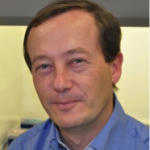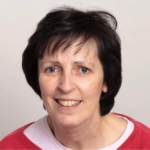Link to Pubmed [PMID] – 25418454
Link to HAL – pasteur-02572627
Link to DOI – 10.3201/eid2012.140064
Emerg Infect Dis 2014 Dec; 20(12): 1990-8
Hidradenitis suppurativa (HS) is a skin disease characterized by recurrent nodules or abscesses and chronic suppurating lesions. In the absence of clear pathophysiology, HS is considered to be an inflammatory disease and has no satisfactory medical treatment. Recently, prolonged antimicrobial treatments were shown to improve or resolve HS lesions. We prospectively studied the microbiology of 102 HS lesions sampled from 82 patients using prolonged bacterial cultures and bacterial metagenomics on 6 samples. Staphylococcus lugdunensis was cultured as a unique or predominant isolate from 58% of HS nodules and abscesses, and a polymicrobial anaerobic microflora comprising strict anaerobes, milleri group streptococci, and actinomycetes was found in 24% of abscesses or nodules and in 87% of chronic suppurating lesions. These data show that bacteria known to cause soft tissue and skin infections are associated with HS lesions. Whether these pathogens are the cause of the lesions or are secondary infectious agents, these findings support targeted antimicrobial treatment of HS.







